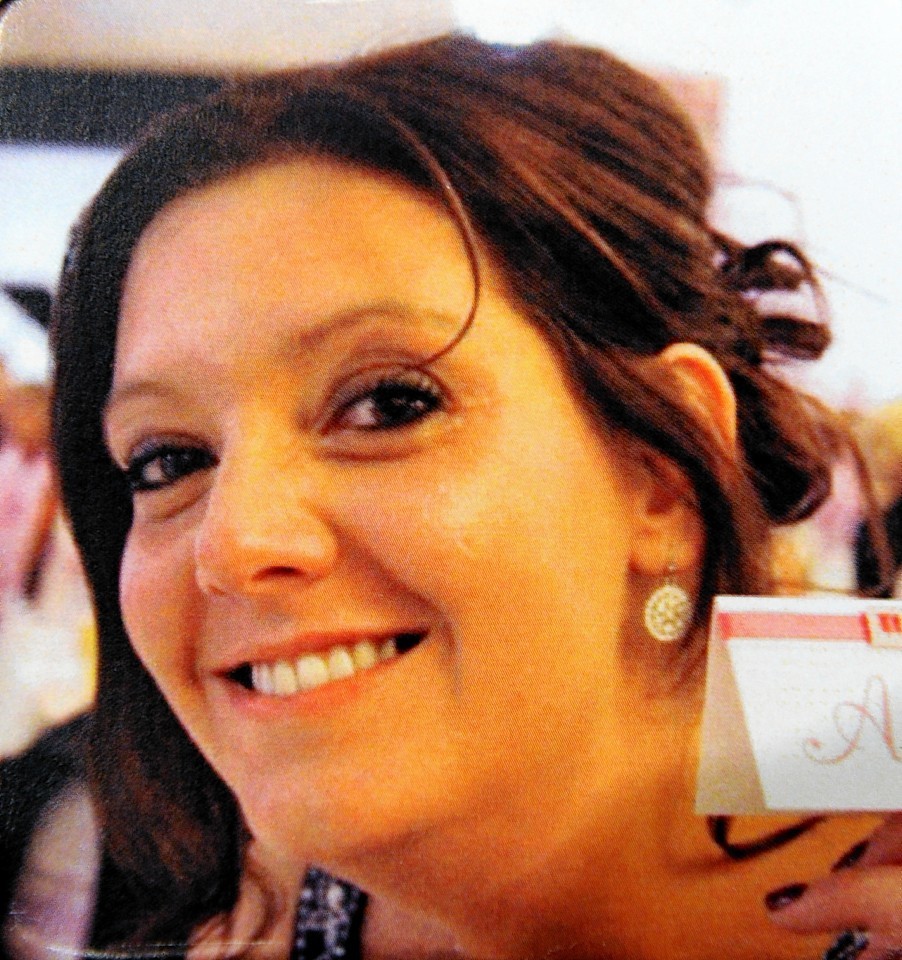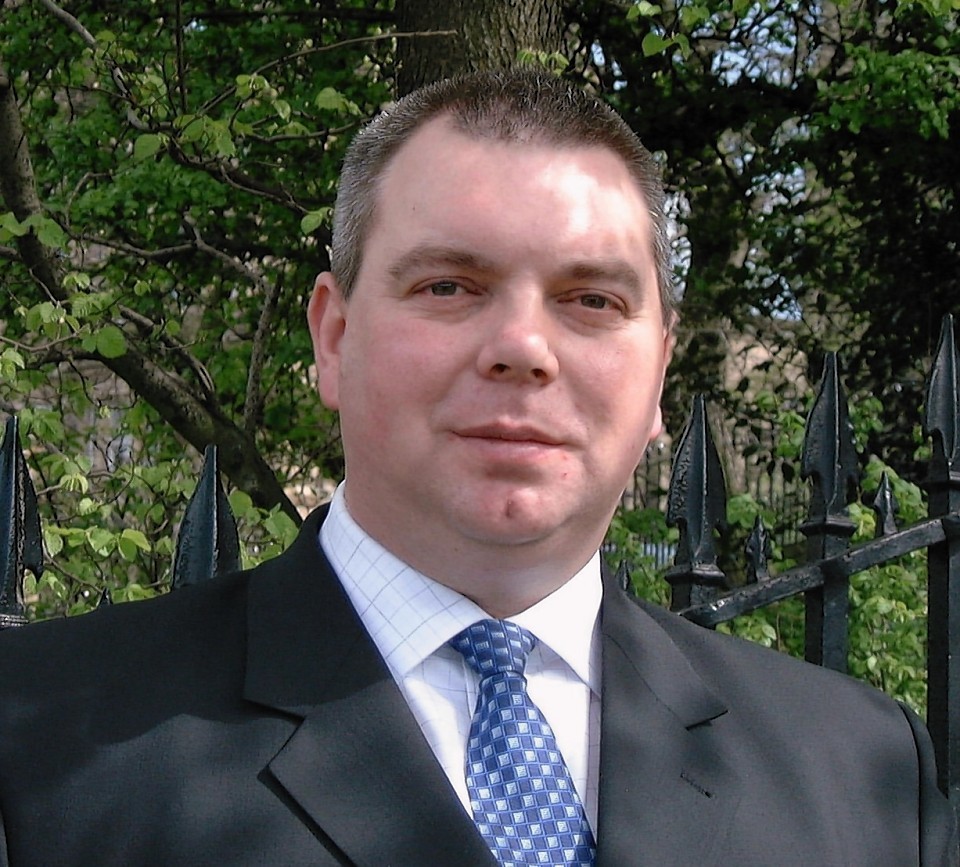Ambulance chiefs said the way crews handled the call-out on the day pregnant mother Amy Wilson died met standards set down by the service.
While a report acknowledged the response time did not meet targets, it found that correct procedures had been followed.
The Scottish Ambulance Service review also found there “were further opportunities to strengthen the community’s ability to respond to health emergencies”.
While Laurencekirk has a team of first responders, who are trained to deal with medical emergencies before paramedics arrive, none of the volunteers was available on the morning Ms Reid collapsed.
Higher levels of training have since been given to first responders in the area, with a number of Heartstart instructors who can deal with unconscious casualties and cardiac arrests now in place.
A public access defibrillator has also been installed in the town’s Scotmid store.
A spokesman for the Scottish Ambulance Service said: “The Service has undertaken a full clinical review of the response to Amy Wilson, who tragically died in November 2013.
“Senior managers met with the family to explain the final report and once again express condolences.
“The report concludes that the response and treatment was in line with policy and clinical procedures and recommends continued development of community resilience arrangements.
“When the incident took place, a first aider and a retired doctor administered CPR within a few minutes.
“The first ambulance arrived in 15 minutes from the call, after being diverted from another emergency and was supported by a second ambulance crew two minutes later.”
Commenting, Alex Johnstone MSP said “This incident was a tragic event, and it is important that the timeline is examined closely.”
Conservative MSP Alex Johnstone has discussed the case with both Mrs Wilson and the ambulance service.
Last night, he said: “I welcome this report, and commend the significant improvements which have already been made such as the installation of a defibrillator within Scotmid along with more training.
“However, the report does beg more questions. For example, it highlights the fact that response times can be significantly higher than the target of eight minutes.”

